The modern workplace is facing a quiet but growing crisis. Employees aren’t just disengaged—they’re questioning whether their work matters at all. The World Health Organization estimates that a staggering 12 billion workdays are lost every year due to anxiety and depression, and one in four workers globally reports symptoms of burnout. Behind these statistics is a deeper issue: people no longer feel seen, valued, or connected to something meaningful.
They symptoms are everywhere. Remote work erased hallway hellos. AI now answers faster than your boss. And in the face of ongoing economic and global uncertainty, even high performers are left wondering if their efforts make any real difference. This epidemic of insignificance is not just a mental health concern. It’s a cultural and strategic warning sign.
But there is a way forward. Organizations can restore visibility, purpose, and motivation if they’re willing to rethink how they lead, hire, and support people. Here are five strategies grounded in personality science that address the root causes of this crisis.
1. Leaders, Be Human First, Bosses Later
Let’s face it—people don’t open up in environments that feel cold or transactional. The foundation for real connection at work is psychological safety. When leaders show vulnerability, own their mistakes, and listen with intention, they signal that it’s safe to be honest and human. Still, only 1 in 5 employees believe their employer genuinely cares about their wellbeing, according to recent research.
Hogan’s research shows that under pressure, leaders often fall into counterproductive patterns such as withdrawing, dominating, or over-controlling. These behaviors may feel protective in the moment but they damage trust and create distance.
“People don’t need perfect leaders—they need honest ones,” says Allison Howell, Vice President of Market Innovation at Hogan Assessments. “When leaders take off the armor, people feel safe to bring their full selves to work. That’s where trust begins.”
Understanding your own leadership patterns—what builds trust and what unintentionally breaks it—is the first step toward creating a culture where people can show up fully.
2. Hire for Values, Not Just Skills
Hiring someone with the right experience is important, but shared purpose is what drives long-term success. Hogan’s Motives, Values, Preferences Inventory (MVPI) helps organizations understand what people care about most—what motivates them, what they value, and what brings meaning to their work.
When employees see a clear connection between their work and a larger purpose, they show up with more energy, ownership, and commitment. Without that connection, even top performers can lose their sense of direction.
“People want to know that what they’re doing matters and that it contributes to something bigger,” says Howell. “When purpose is clear and shared, motivation follows.”
Hiring for values means building teams that care about the mission. It’s not just about capability. It’s about wanting to be part of what the organization is trying to achieve.
3. Don’t Burn Your Brightest: Engagement Has a Dark Side
Engagement is usually celebrated, but too much of it can be harmful. Employees who are highly committed often push themselves harder, take on more than they should, and run straight into burnout. According to global research, 52% of employees reported symptoms of burnout last year. Ironically, the people who care the most are often the closest to walking away.
Hogan’s assessments show that overused behaviors like perfectionism, overachievement, and extreme conscientiousness can lead to rigidity, overextension, and emotional exhaustion—especially under stress.
“Drive is valuable, but it needs to be protected,” says Howell. “Organizations need to recognize when passion is tipping into pressure. Not everyone will wave a flag when they’re burning out.”
By using personality data to identify risks early, companies can help employees channel their energy in more sustainable ways.
4. The Annual Review Is Too Late. Talk Weekly.
Feedback delayed is feedback denied. In today’s hybrid environments, employees can go weeks without meaningful input. According to Gallup, only 21% of workers get meaningful weekly feedback, yet those who do report 79% higher engagement.
Not everyone responds to feedback the same way. Some prefer frequent recognition; others value autonomy. Hogan’s data helps managers understand how to tailor their approach to each individual.
“Feedback should be thoughtful, timely, and tailored to the individual,” says Howell. “What motivates one person might overwhelm another. When managers understand personality differences, their feedback becomes more effective—and more likely to lead to lasting change.”
Equipping managers to personalize how they give feedback strengthens trust and improves outcomes. It’s not just about frequency—it’s about making every conversation count.
5. Stop Promoting Bad Bosses. Audit Your Managers.
Many organizations promote based on visibility, confidence, or tenure. But those qualitiies don’t always translate into leadership effectiveness. In fact, between 50% and 75% of managers are considered underqualified or actively harmful to team culture. (source). They ignore concerns, take credit, bend rules, and emotionally drain their teams. The impact is real: 8 in 10 employees have cried at work (source), and nearly half say bad bosses were the cause.
The research makes a critical distinction between leadership emergence (who gets noticed) and leadership effectiveness (who actually leads well). Without objective data, companies risk promoting individuals who erode culture rather than strengthen it.
“Great leadership is less about charisma and more about character,” says Howell. “When organizations use tools like 360 feedback, personality data, and team diagnostics , they get a more accurate view of who is building trust—and who is quietly breaking it.”
Leadership audits aren’t about calling people out. They’re about strengthening the culture and stopping dysfunction before it spreads.
Conclusion: Align People to Purpose and Make Them Feel Seen
The epidemic of insignificance isn’t invisible. It shows up in absenteeism, anxiety, low morale, and quiet quitting. But when organizations use personality insights to build psychological safety, align values, manage engagement wisely, and support effective leadership, people feel connected again—not just to their roles, but to the larger purpose behind their work.
Research from Hogan Assessments
*hoganassessments.com.







